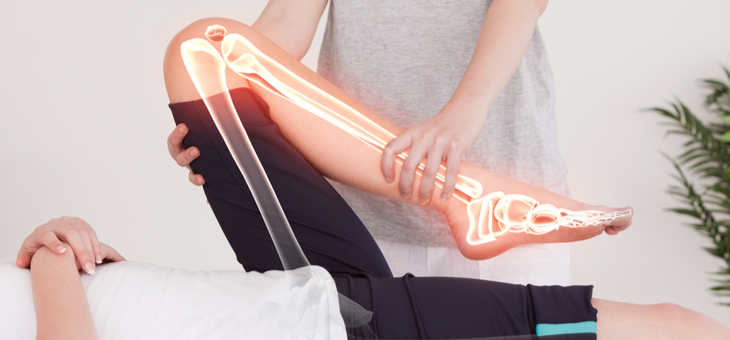When it comes to bone health, many of us know the basic rules – eat and drink plenty of calcium. However, some of us don’t think twice about our bones and assume they are strong enough to carry us into our later years.
Unless we’ve suffered from a broken bone, most of us may never have had our bones examined closely, but the fact is with 206 bones in the adult body that help with everything from movement to protection, bone health is crucial and shouldn’t be overlooked, especially as we get older.
Understanding bone health
The bones that make up our skeleton are living, growing tissue and, as a result, new bone is constantly being made. As we get older, our bone mass decreases and bones become weaker. As we age, bone diseases such as arthritis and osteoporosis become more common. It’s estimated that 3.8 per cent of the Australian population is living with osteoporosis. And one in four women aged over 75 have osteoporosis.
What is osteoporosis
Osteoporosis is a disease where the bone thickness decreases and bone quality is compromised, resulting in brittle bones. These bones become prone to breaks and fractures even from the most minor bumps. While osteoporosis is more likely to occur in women aged 50 and over, it can strike anyone at any age.
Risk factors:
- age
- previous broken bones from only a minor fall/bump
- being underweight
- family history.
Screening – bone density scan
“It’s important for people with increased risk factors to ensure they ask their GP for a bone health assessment, especially given there are typically no symptoms in the early stages of bone loss,” says Dr Uday Ahluwalia, from PRP Imaging. “A bone density scan is recommended to provide an insight into the overall health of the bones.
“A DEXA bone mineral density [scan] is the estimation of the bone density in the spine and hip. It uses X-rays (very small dose 1/20th of a chest X-ray) to measure how many grams of calcium and other bone minerals are present in a segment of bone.
“The test will reveal one of three things: whether the bone density is normal, whether there is bone loss and further action needs to be taken immediately to prevent worsening, or whether the patient’s fracture risk is high and osteoporosis medication is required.”
Tips for good bone health
Diet. Ensure you are consuming enough calcium – three to four servings daily is recommended. Aside from dairy, good sources of calcium include almonds, green leafy vegetables, salmon, sardines and tofu.
Exercise. Daily physical activity is important for the health and function of your bones.
Increase Vitamin D. Vitamin D helps the body absorb calcium. Good sources of vitamin D include vegetables and oily fish.
Quit smoking. Tobacco can affect hormone levels, which can have an impact on how much calcium is absorbed.
Limit alcohol intake. Excessive drinking can decrease bone density.
Ultimately, early detection is vital, bone conditions that aren’t detected and treated effectively can severely affect a person’s mobility and quality of life.
Dr Uday Ahluwalla joined PRP Diagnostic Imaging in 1994. He is cardiologist and nuclear medicine specialist.
If you enjoy our content, don’t keep it to yourself. Share our free eNews with your friends and encourage them to sign up.
Related articles:
Broken bones increase death risk
Eating for healthy bones
Osteo exercise made easy
Disclaimer: This article contains general information about health issues and is not advice. For health advice, consult your medical practitioner.

